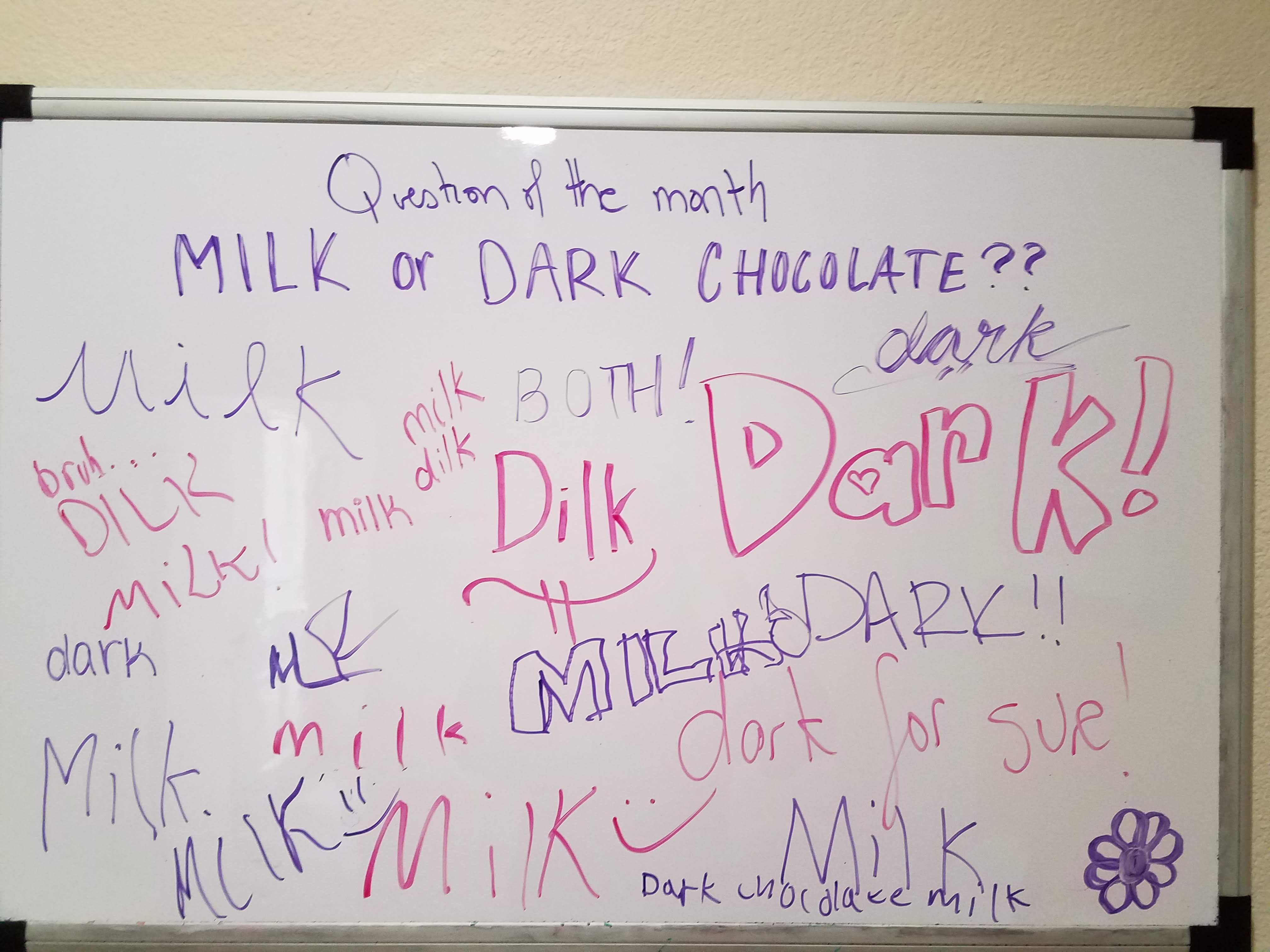Separation Anxiety Disorder

At some point during childhood most children have difficulty with being away from their parents or caretakers, that’s natural. Perhaps a child will initially express concern about a parent beginning a new job which requires traveling or a teen might be hesitant to have their first sleepover away from home. However, for some of them, anxiety about being apart from one’s attachment figures significantly impedes their functioning significantly, at a different level. From being natural worried about their caregivers they are suddenly constantly worried about them as if it was a full time job; their worry it’s disproportionate, lasts excessive amounts of time, and they cannot let it go. That’s Separation Anxiety Disorder.
Separation Anxiety Disorder (SAD) is most common among children ages 12 and under, generally affects 3-5% of children and youth, but it can affect individuals across the lifespan. SAD involves developmentally inappropriate, persistent, and excessive worry about losing one’s loved ones because of the fear that something bad could happen to them or fear of being abandoned by them (e.g. I’m afraid my parents won’t be back home; what if they get sick and don’t come back, what they just leave me here, etc.) Such worry impairs the child’s ability to perform regular activities such as attending school, leaving the house, or even doing fun activities like going on playdates or traveling for vacation. Individuals with Separation Anxiety Disorder may engage in compulsive checking behaviors in order to make sure they know their parents or caregivers are okay such as calling them constantly, texting very frequently, or requesting their parents to tell them where they are and what time they’re coming back home; at home, they might even follow their attachment figures fearful of letting them out of sight.
In younger children, SAD may manifest through physical symptoms that emerge as a separation approaches. For instance, a child may suddenly start feeling sick when it’s time for the parent to go to work or when it’s time for them to go to preschool.
Cognitive Behavior Therapy (CBT) is the treatment of choice for treating anxiety disorders, including Separation Anxiety Disorder, among children and adolescents (Ehrenreich, Santucci, & Weiner, 2008). A particular type of intervention is called Exposure Response prevention (ERP) that will help children, teens or individuals struggling with SAD to gradually face their core fears.
References:
Diagnostic and statistical manual of mental disorders: DSM-5. (2013). Washington, D.C.:
American Psychiatric Association.
Ehrenreich, J. T., Santucci, L. C., & Weiner, C. L. (2008). Separation Anxiety Disorder in youth: Phenomenology, assessment, and treatment. Psicologia Conductual, 16(3), 389–412. http://doi.org/10.1901/jaba.2008.16-389







